NZXT Phantom Black E-ATX Full Tower Case Review
NZXT Phantom Full Tower Build Out
Now we come to what has to be the shining moment of this whole article. Building out a PC inside the NZXT Phantom is next to effortless. The interior design of the Phantom is so well thought out and laid
out that it seems everything just falls into place. You will find that there is more than enough room inside to accommodate just about any configuration you can throw at it. If you have read any of the other
articles I have written you will know that being able to have a clean and near wire free case is an obsession for me. The NZXT Phantom allows me to take that obsession to a whole other level. Not only is
there ample room behind the motherboard tray to hide any and all spare wiring, there are also a whole slew of cut outs and grommets so that the wiring can be routed and hidden so that just the bare minimum
of your wiring is visible inside the case. Not only does this allow for awesome airflow, it also allows you to have a very clean looking, organized computer.
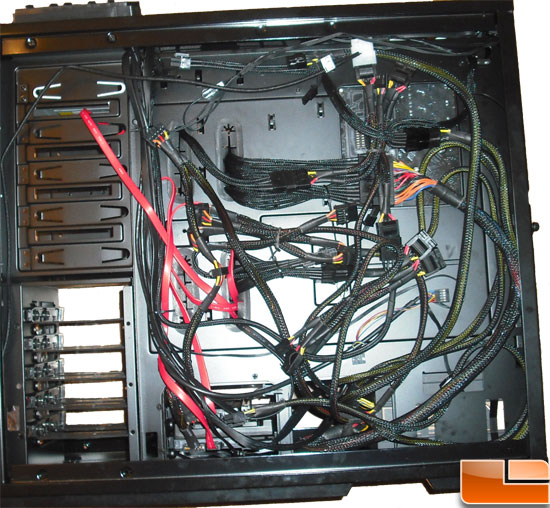
Installing the optical drives is a breeze and although the Phantom is not a completely tool less case, drive installations are still really easy and only require the use of two screws to secure the drives
if you don’t want the flopping around inside the bays. You can install them without the screws but they will easily push in on the side without anything to hold them in place.
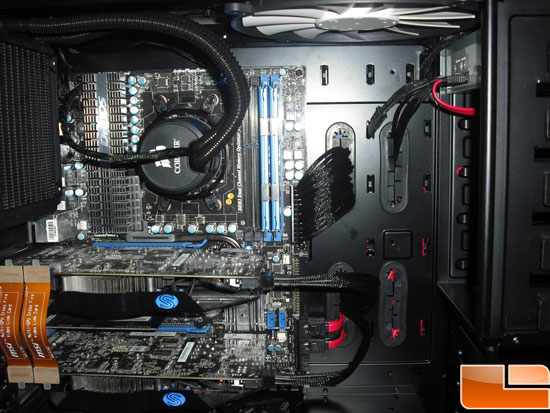
The same rings true for the hard drive bays. 3.5″ drives do not require any screws to attach them to the slide in drive brackets, but if you are going to be using 2.5″ drives or solid state drives you will
need to attach those via screws to the drive mounts. As with most drive mounts in cases these days the mounts slip right into the drive bay and with a simple click they are secured into place.
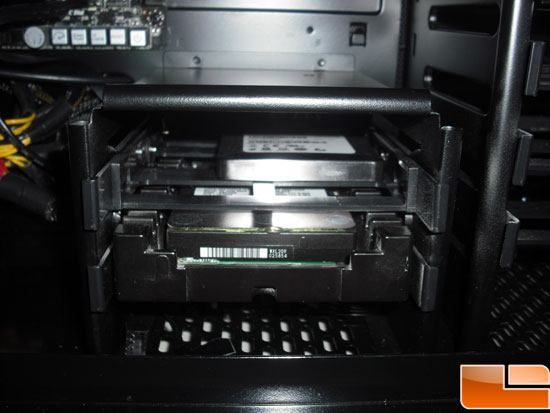
As mentioned before, the power supply mounts to the bottom of the case and is the same as all other cases in that it is secured by four screws that are provided with the case. On the subject of the power
supply, NZXT has conveniently placed a cutout near where the wires protrude from the power supply casing so that you can run your whole bundle of wires behind the motherboard tray. I found this to be a great idea as
it minimizes the amount of the power supply wiring you see if you don’t happen to have a modular power supply.
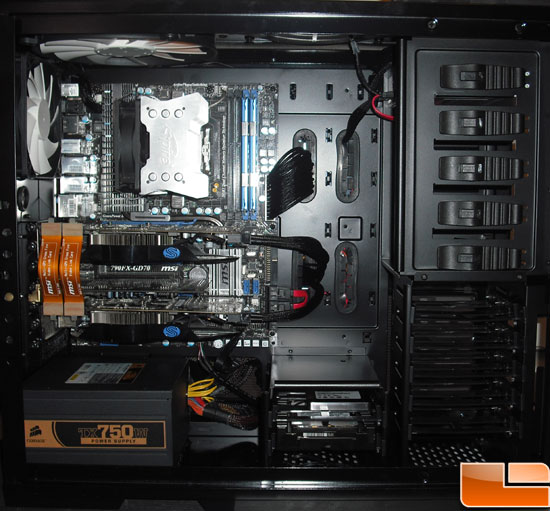
In order to show the versatility of the NZXT Phantom I first installed the system with a Spire Thermax Pro CPU cooler, I then removed the heat-sink and fan and installed a Corsair H50 liquid cooling
solution. There was plenty of room for either solution and I was actually able to install the radiator for the H50 vertically as well as horizontally at the back of the case. The one thing that did have to
be changed in order to fit the radiator into place was I had to change the location of the 200 mm fan at the top of the case to the front position. With the fan installed in the factory default location it
clipped the edge of the radiator slightly and made an annoying clicking noise.
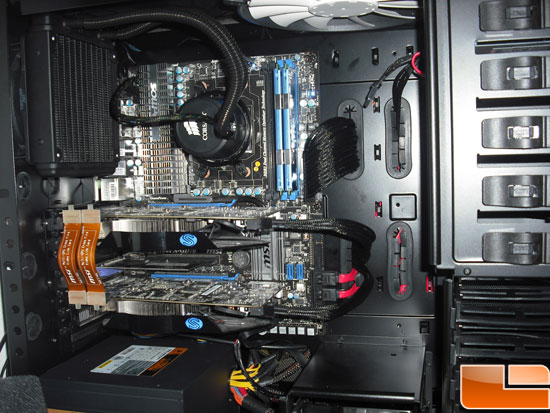

Comments are closed.